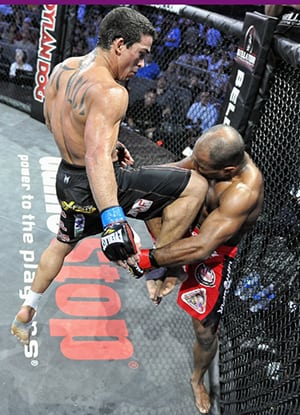If the findings of the 2010 U.S. Census prove anything to communicators, it’s that organizations must take heed of the changing mosaic of the country.
“These new numbers are a wake-up call to companies who have not yet invested in reaching multicultural audiences,” says Juan Lezama, director of multicultural PR agency Mosaico, a division of Fineman PR.
The Census data points that stand out for Lezama: There are now 50.5 million Hispanics in the U.S., making up 16.3% of the total population. The nation’s Hispanic population, which was 35.3 million in 2000, grew 43% over the decade. Hispanics also accounted for most of the nation’s growth—56%—from 2000 to 2010.
RISKY BUSINESS
“This is evidence of where things are going, how things are changing,” says Lezama. Some companies are taking advantages of these changes, like Procter & Gamble, says Lezama. But others are hesitating—in part because the economic situation is squelching these efforts. “Communicators are being held more accountable than ever, so they are being more careful and taking less risks,” he says.
Yet for the organizations that are more risk-averse, an ethnic communications focus can have its advantages. Consider that Hispanics spent about $1 trillion in 2010, accounting for some 9% of total consumer buying power in the U.S., and are expected to shell out $1.5 billion by 2015, outpacing growth in spending by non-Hispanic consumers, according to estimates by the University of Georgia’s Selig Center for Economic Growth.
However, misconceptions about multicultural PR also hold organizations back, says Lezama. “There’s an idea out there that the usual steps that are taken for a campaign somehow don’t apply in multicultural PR,” he says. Clients often think strategies, objectives, research and other PR 101 disciplines can be skipped. “Clients ask us to put out a press release and pitch to relevant media, but that’s not going to get good long-term results,” says Lezama.
The multicultural experts PR News talked to say research is a key component to successful campaign execution—even more so in multicultural PR because the markets are nimble. “They change quickly,” says Rashada Whitehead, CEO of Flowers Communication Group (see mini-case study No. 3 for Flowers’ multicultural work with McDonald ’ s).
NUANCES COUNT
It’s important to understand cultural nuances, says Whitehead. For Hispanic-, African- and Asian-Americans, there are unspoken language differences. “It’s about the ability to speak with them rather than at them,” she says. Lezama adds that research can help tell key differences in communities. “It’s not the same to reach a third-generation 18-year-old Latino in L.A. as it is reaching a 45-year-old recently arrived South American whose first language is Spanish,” he says.
First though, it’s important to determine if you have a need for multicultural outreach, says Melissa Rieger, senior account executive at Euro RSCG Worldwide PR (see mini-case study No. 1 for Euro’s work on promoting eye health education). Which is why primary and secondary research is key to understanding the changing markets.
And what if your organization’s product or service doesn’t hit the big markets in L.A., N.Y., Miami or San Francisco? Then note this key trend: Hispanics are becoming more dispersed across the country, says Huma Gruaz, president and CEO of Chicago-based PR agency Alpaytac. “So you don’t have to be in a high Hispanic population area to make Hispanics part of your campaign,” she says.
Research, however, is one part of the equation. Here are four tips from Lezama on how to approach multicultural PR:
1. Work with an expert. “It’s hard to take a quick crash course and reach the correct audiences the right ways,” says Lezama. “Experience is the best teacher in this field.”
2. Do not assume anything based on stereotypes. There are many factors that can play a role in the behavior of diverse groups. That’s why focus groups, surveys and media audits are critical to success. “Do not try to skip steps,” says Lezama.
3. Be strategic but effective. Budgets can be limited, but be sure to show progress and results along the way.
4. Be creative. What counts is results. Don’t be afraid to develop your own solutions.
Still, multicultural PR follows the main tenet of any PR effort: Make an emotional connection to create brand affinity.
CONTACT:
Juan Lezama, [email protected]; Rashada Whitehead, [email protected]; Huma Gruaz, [email protected]; Luis Castelló, [email protected]; Melissa Rieger, [email protected].

.jpg)

.jpg)